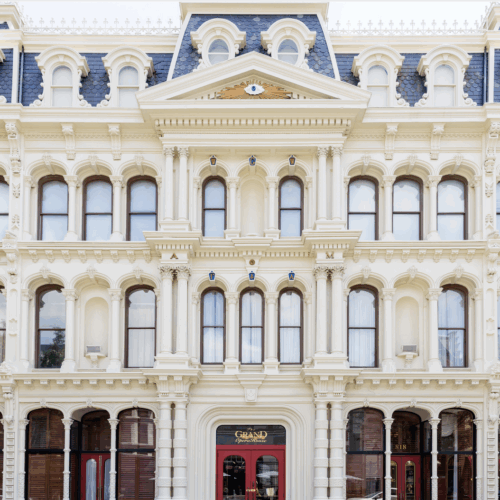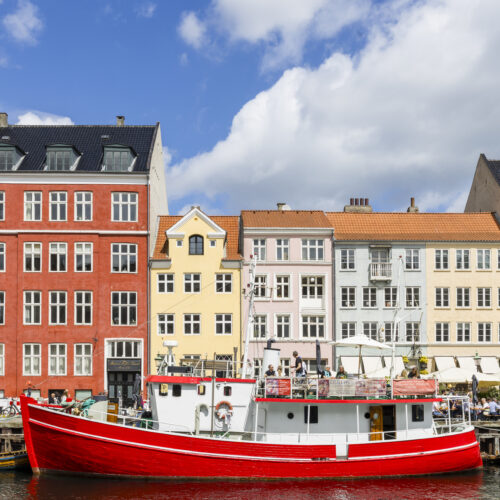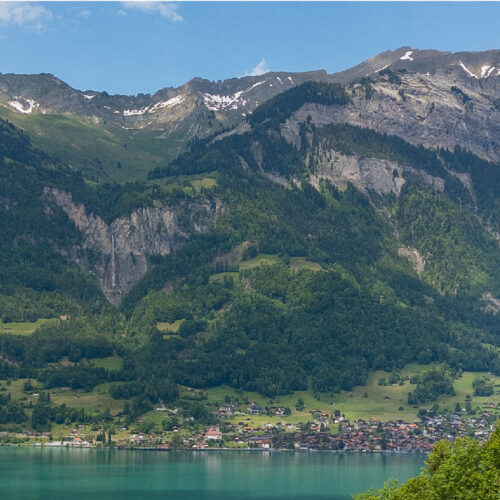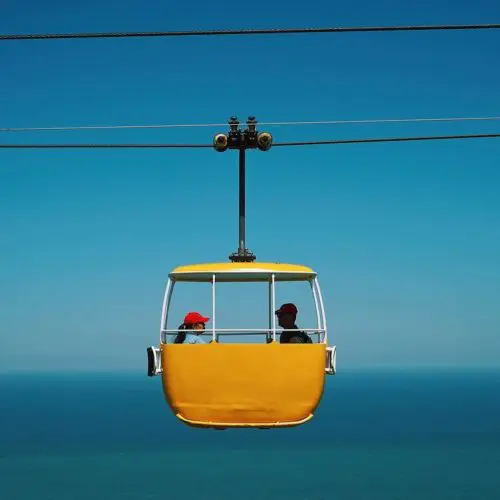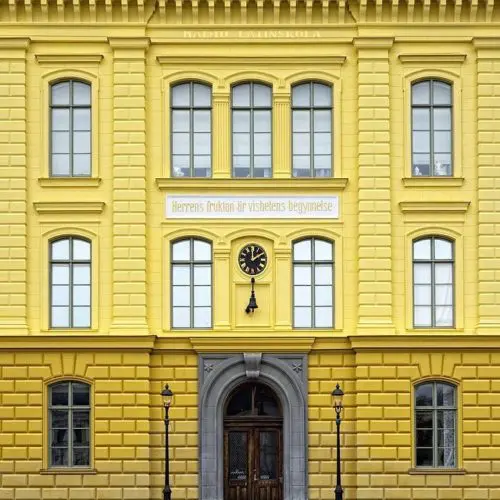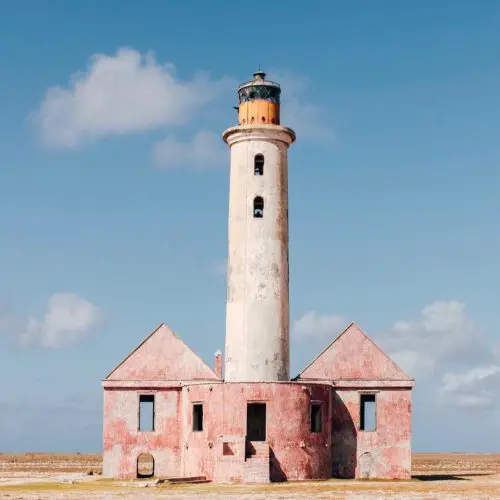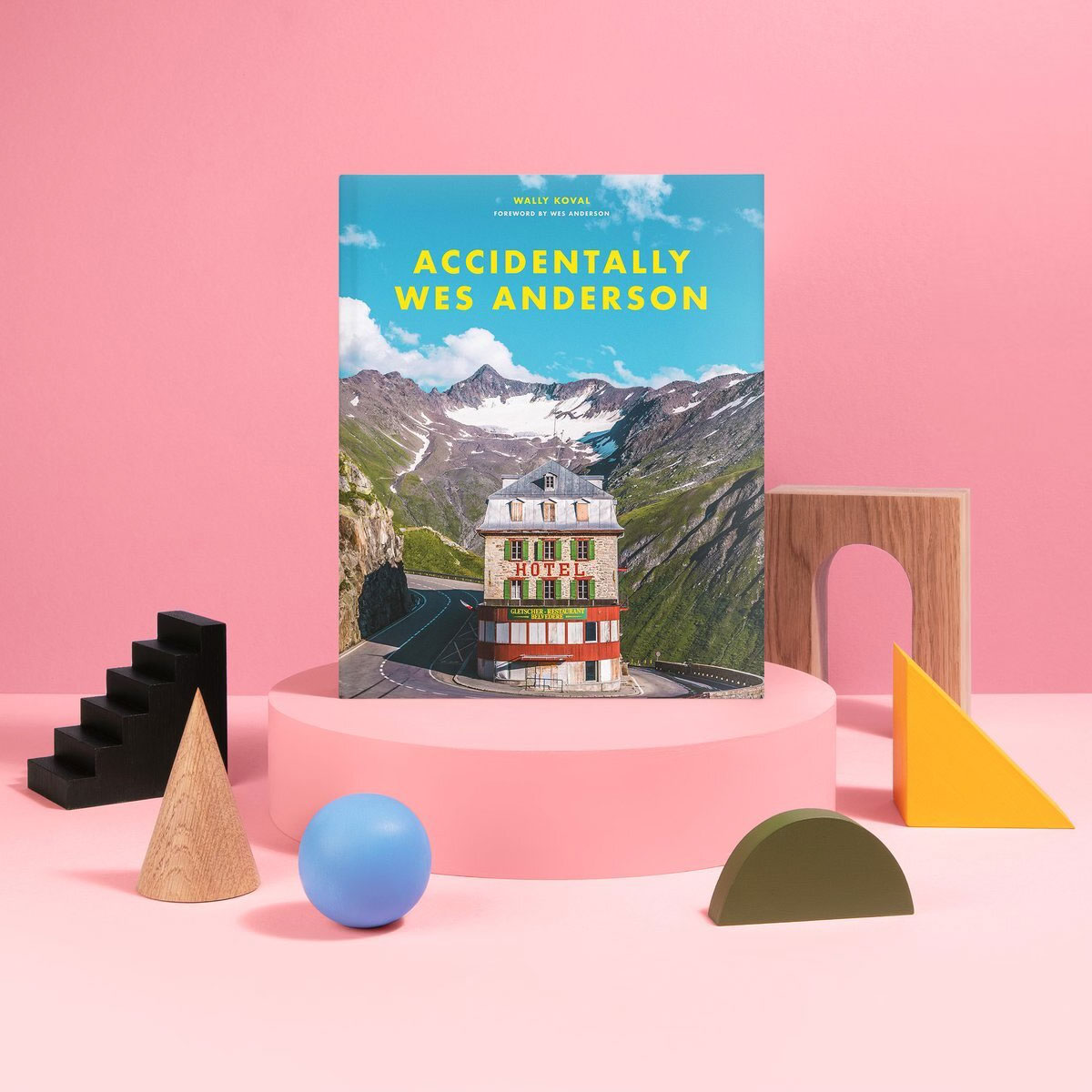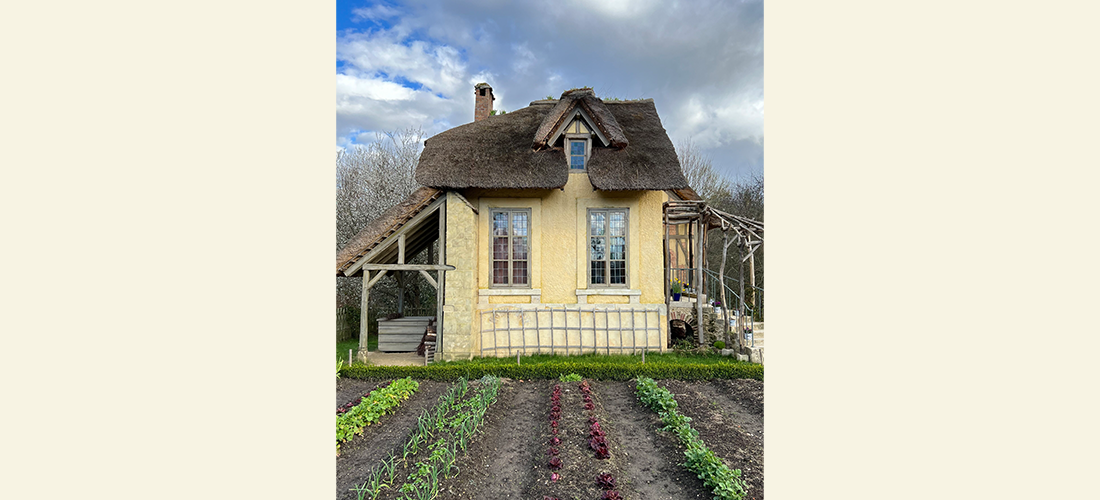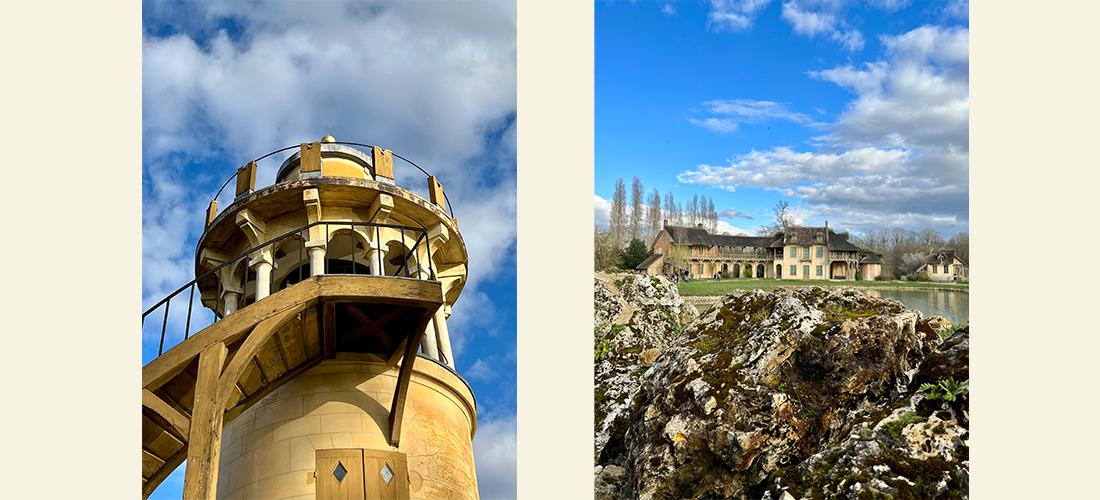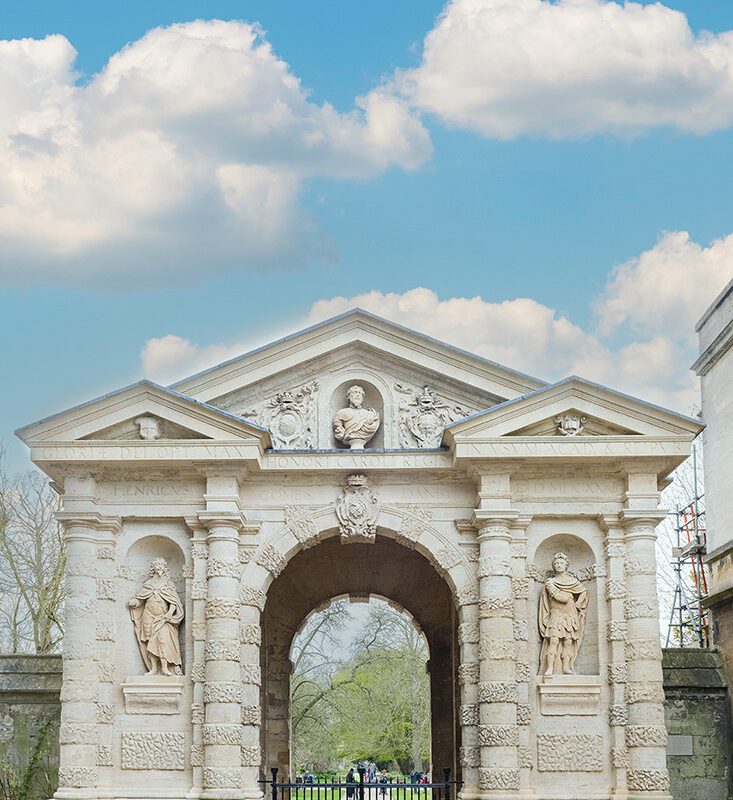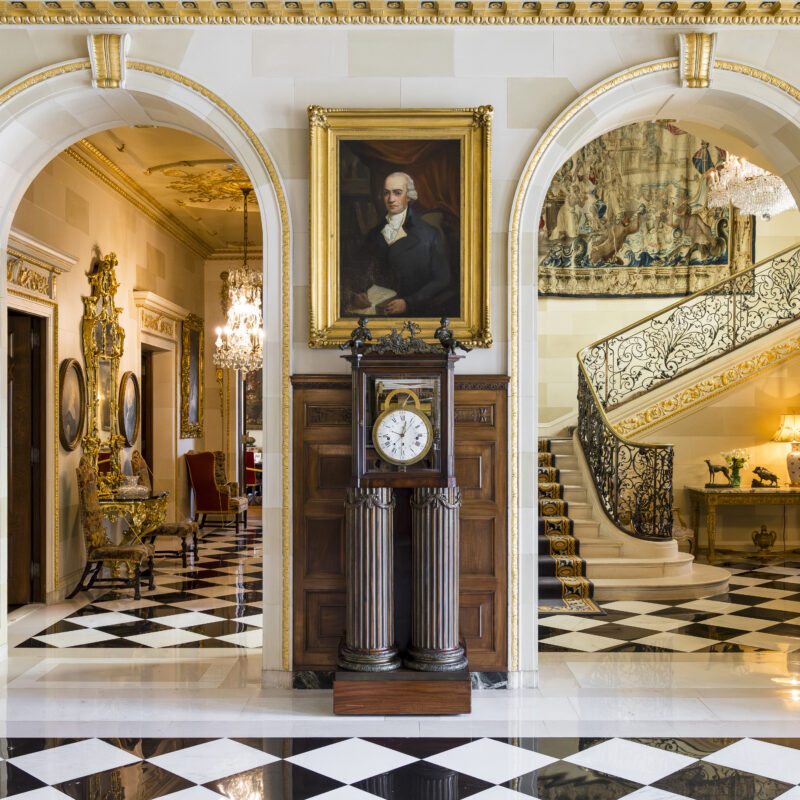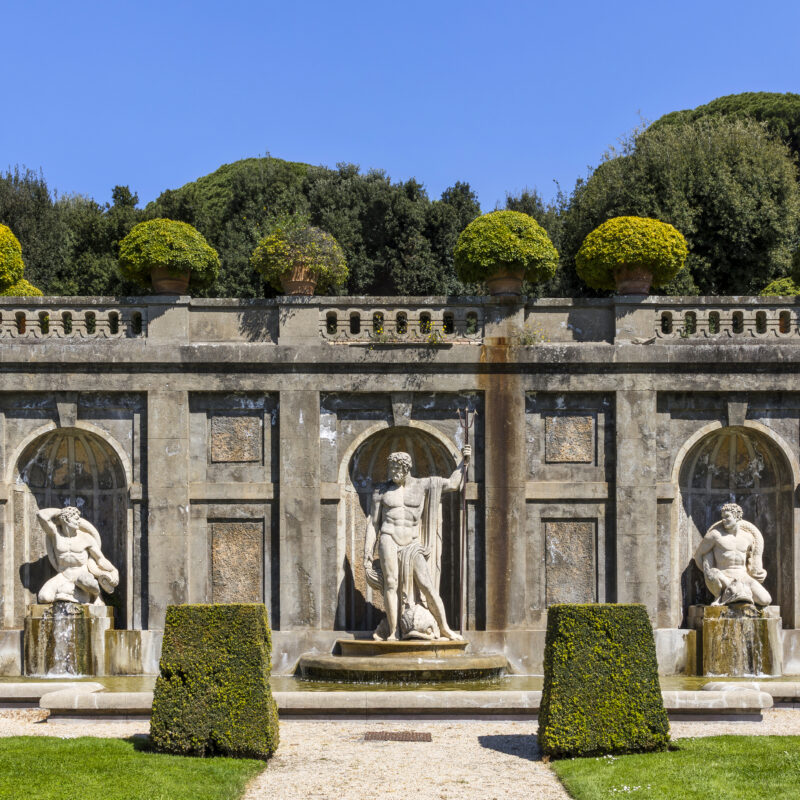Note to self: if ever you need to shoo away insufferable nobles, just overpower them with the fragrance of a massive garden. At one of the world’s most expansive palaces, it’s no surprise that the grounds of Versailles also contained one of the largest botanical gardens in the world—it was even known to make visitors ill from the overwhelming smell of thousands of blooming plants. Though the gardens were designed for the king’s pleasure and keeping unwanted visitors away, scientific progress was also made from the grounds.
Once a “humble” hunting palace, Versailles’ beginnings as a world-renowned palace started under the reign of French King Louis XIV, who would expand it into a massive gold-encrusted estate. In 1661, Louis appointed André Le Nôtre to design the palace gardens and exterior promenades. Work on the gardens would last over 40 years, and overlooking the outdoor grounds from the backyard of the palace, a visitor might surmise that the amount of time was actually a quick turnaround. At its completion, the gardens would span 800 hectares, contain over 372 statues, 600 fountains, 20 miles of water pipes, and a massive 23-hectare Grand Canal—Venetian gondolas included.
While the vast grounds are an impressive sight alone, the Palace of Versailles was also the site of great scientific research in the 17th Century. At one time, the gardens included over 400 species of botanicals, including vanilla, coffee, and even exotic fruit. In order to satisfy the royal taste buds, gardeners invented new ways to house and transport tropical vegetation, successfully growing pineapples on the premises in 1733. King Louis XIV was so happy with this botanical progress that he commissioned a painting of the French-grown pineapple. Breakthroughs like this would forever change the field of botany, affecting how varieties of plants are grown in temperate environments today.
At first glance, the grand halls (and mirrors) of the Palace of Versailles may appear to be the most impressive feature of this domain, but it’s the gardens that seem to stretch to the horizon that are the jewel in the crown of this royal estate. Travelling by horse, golf cart, or foot, days could be spent admiring the greenery of Versailles. Fortunately, these days one is more likely to be overwhelmed by all the history and beauty rather than the smell!


